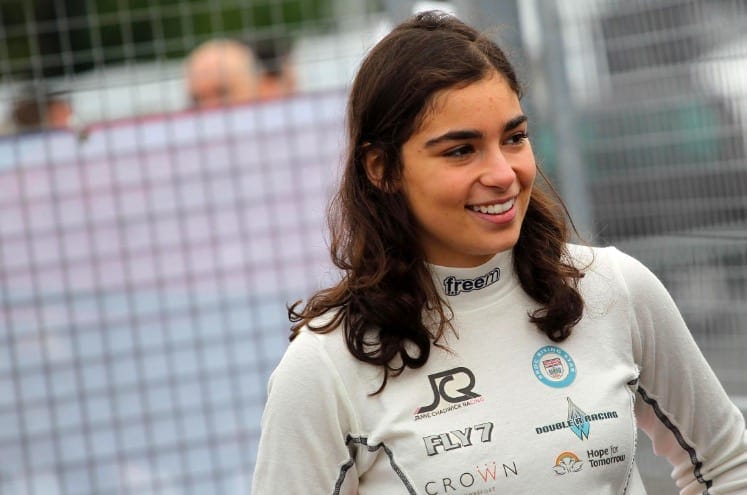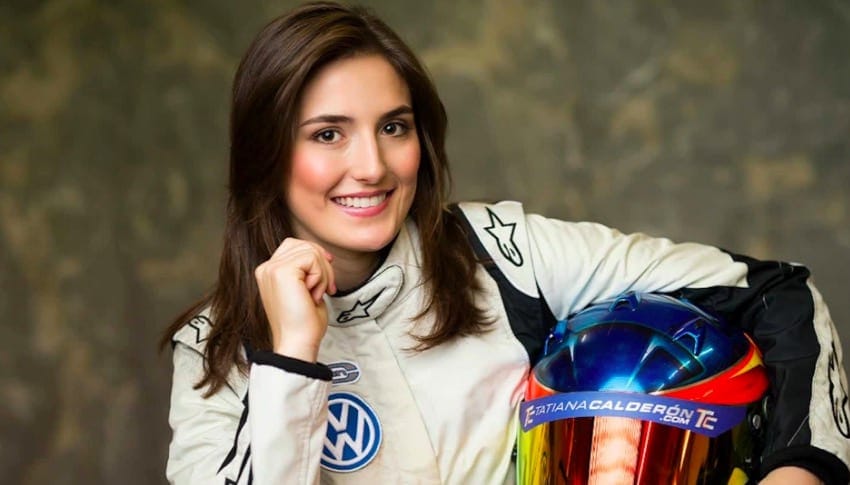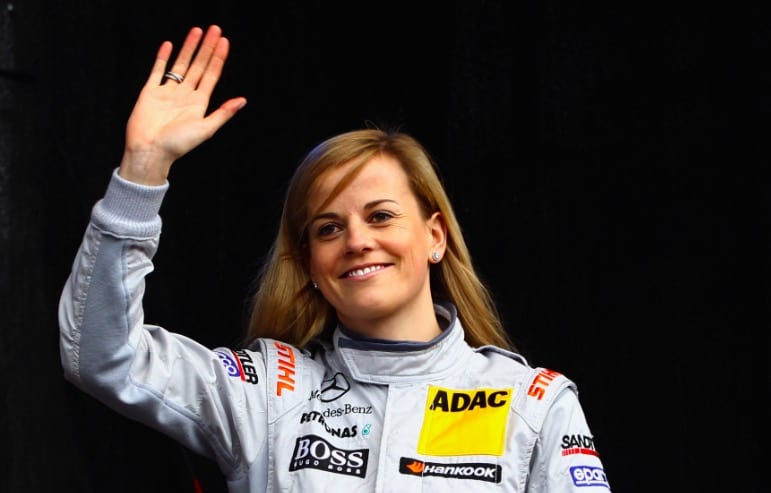Formula 1 is seen as the pinnacle of motor racing by many people, but it’s definitely a male-dominated sport. There have been very few female Formula 1 drivers over the years, and only one to have ever scored any points in a championship race. With the introduction of the new W Series, is the top level of motor racing set for an influx of female drivers?
What is the W Series?
The W Series is a competition set up with female racing at the center of it. In response to the serious lack of female drivers getting an opportunity to drive at the top level, the W Series was created to give women a platform to show off their skills. The series has received the backing of former Formula 1 driver, David Coulthard, and the chief technical officer of Red Bull Racing Formula One, Adrian Newey.
The W Series chief executive, Catherine Bond Muir, says that many sports where men and women compete equally also run segregated events. This series is designed to increase the number of women who compete in motor racing.
There are 18 women competing from all over the world in the W Series, and in the inaugural 2019 season, there will be six races. Drivers did not have to find sponsorship to enter into the W Series, they were selected from a process that began with over 50 top female drivers. A total of $1.5 million will be shared out among the drivers, with the winner of the W Series earning $500,000.
W Series races are broadcast in several different countries, including the UK and countries without broadcasts are free to watch the races via Facebook and Twitter.
Looking into history
To find the last female racing driver to start in a competitive Formula 1 race, we have to go back over 40 years. Lombardi was only the second ever female to compete in a championship race, and the only woman ever to score any Formula 1 points. Muir is aiming to change those statistics.
Lombardi earned 0.5 points in her career, but Muir is hoping that won’t be the only points a woman can score in Formula 1 over the next 40 years. The W Series chief executive wants this championship to lead to the first female Formula 1 race winner, and ultimately the first-ever female world champion.
Looking competitive
Desire Wilson is the last female racing driver to compete in a grand prix, and she believes the series will prove to be a great platform for female drivers. Wilson drove in a non-championship F1 race in the ‘80s and also won a race in the Aurora F1 Championship, which used Formula 1 cars. The South African was impressed with the level of competition of the W Series in the early races.
Wilson thinks the racing is great, there are numerous overtakes, and the racers are not scared to make aggressive moves, which she believes shows the drivers are on form. The drivers are also racing at some world-renowned circuits such as Brands Hatch and Hockenheim.
More opportunities
Wilson believes the W Series has been put together in an intelligent way and gives female racers a better chance of making the step up. She thinks the drivers will still have to prove themselves on the F2 and F3 circuits, but the W Series is a way for them to make the next step.
W Series drivers have been chosen on merit and have not earned their spots in the championship through sponsorships. This means many drivers have been able to restart their careers after stalling due to lack of funding.
In motorsports, it’s not necessarily the best drivers who succeed, but those who can get their foot in the door of a team through financial sponsors. The W Series removes this aspect and places drivers in cars based on ability.
The drivers are seeing the W Series as an opportunity to put themselves on the map and are going hard on the track. Wilson says she saw lots of disappointed drivers who didn’t do as well as they felt they should have done, and that makes her believe the racers are fully committed.
Criticism
Critics of the W Series believe it won’t have the desired effect that Muir is hoping it will. The category is seen as further segregating women from the top of the sport, and not bringing them closer. British Indycar driver Pippa Mann thinks it’s a “step backwards” for female drivers by not promoting their inclusion in the main racing championships.
Another female British racing driver, Charlie Martin, thinks the series suggests that “segregation is acceptable.” She said as racers, drivers just want to race against the best, regardless of their gender, age, or race.
Despite the critics, the job of the W Series is to show everyone how competitive the women racing in it are. After early signs that the drivers are very competitive, the next stage for the W Series is to find funding that will elevate it to the next level. The more popular the W Series can become, the more likely it will be that the drivers in it get more opportunities at the top.












